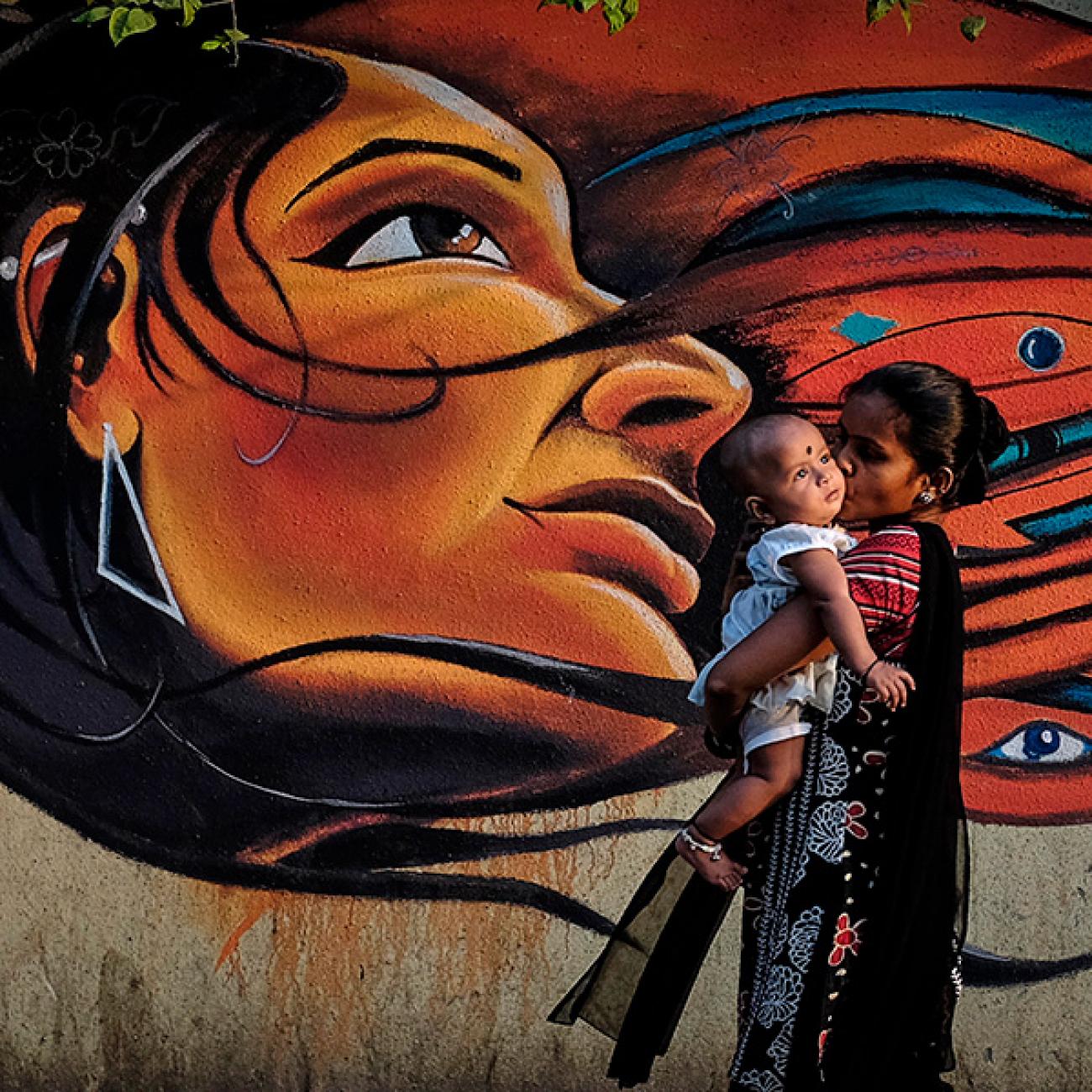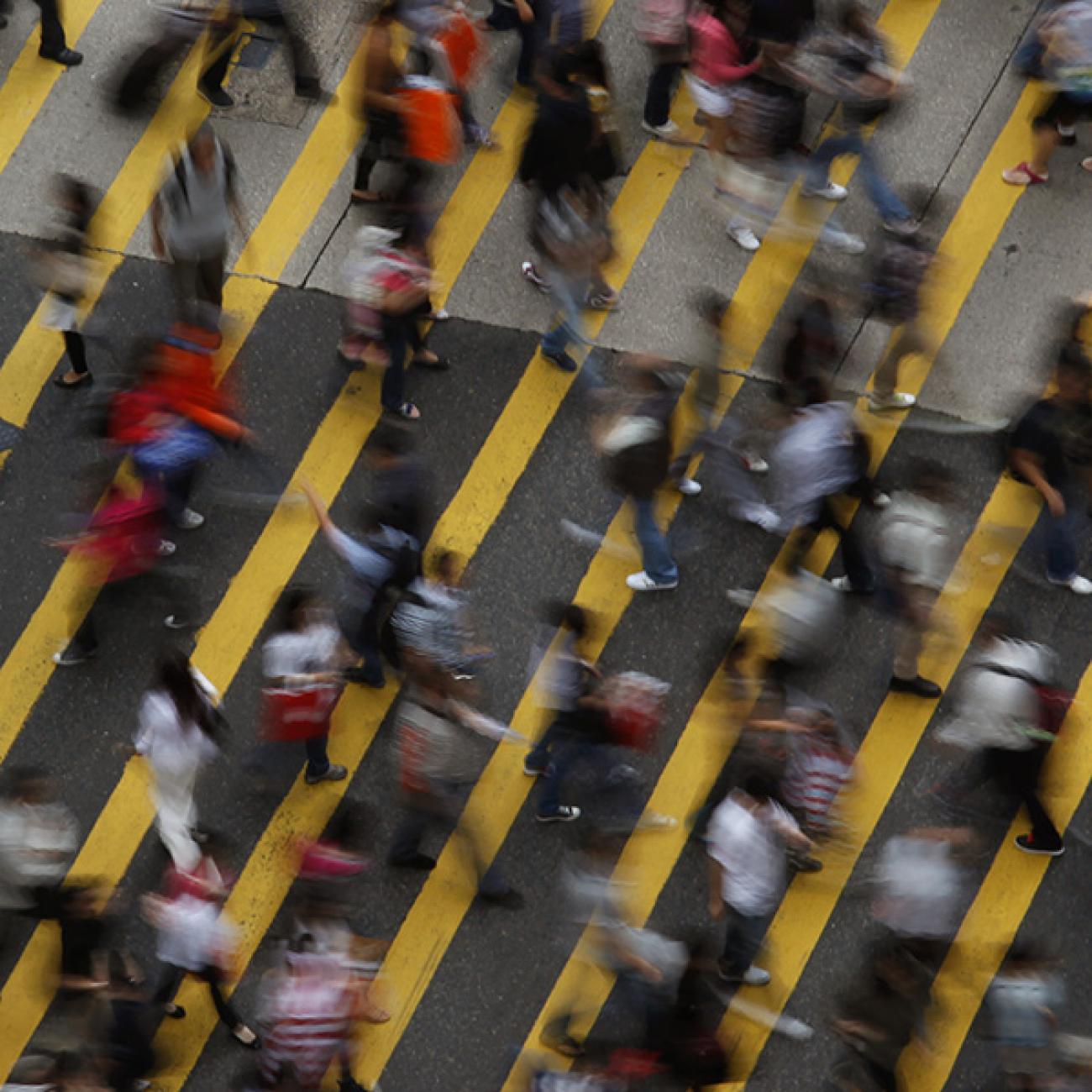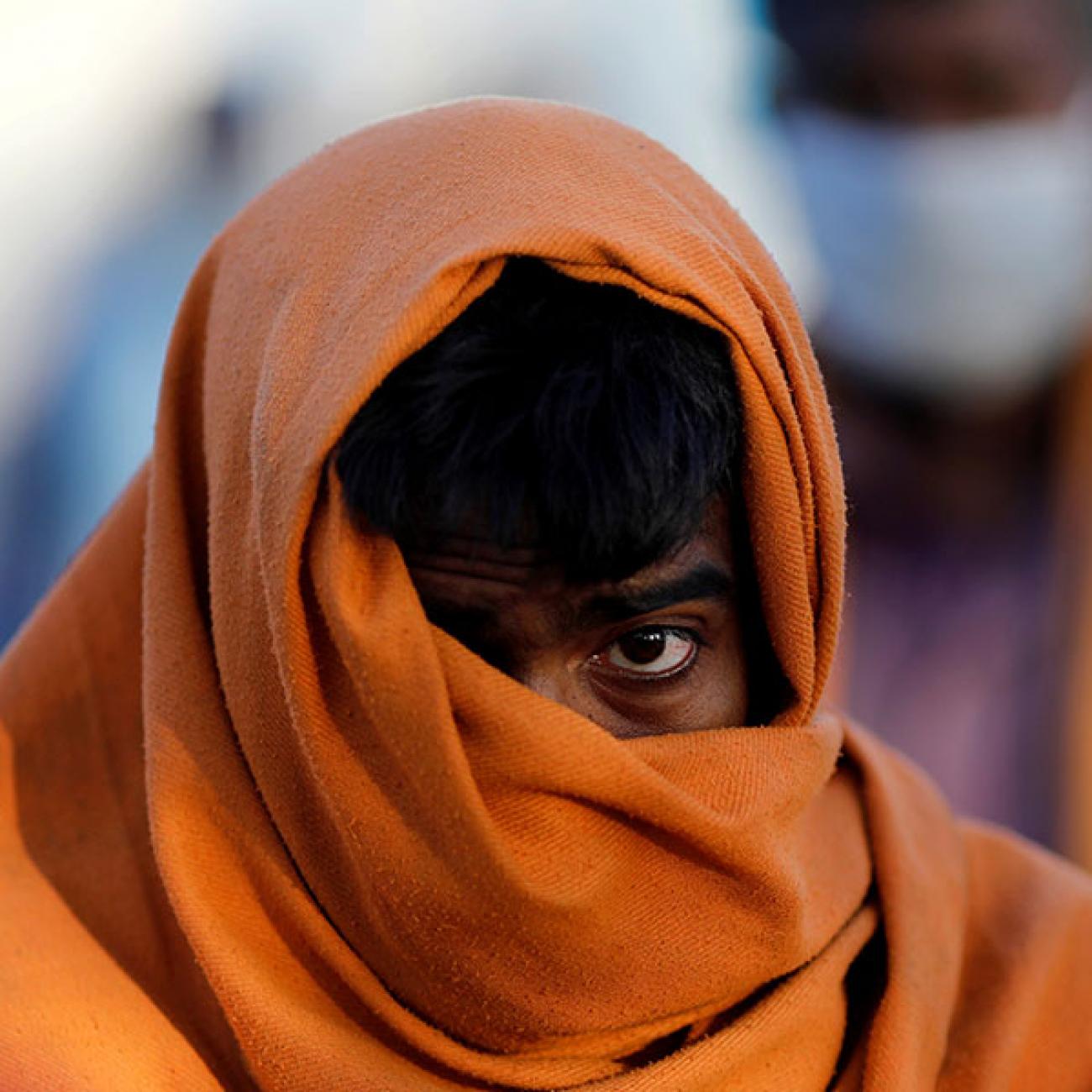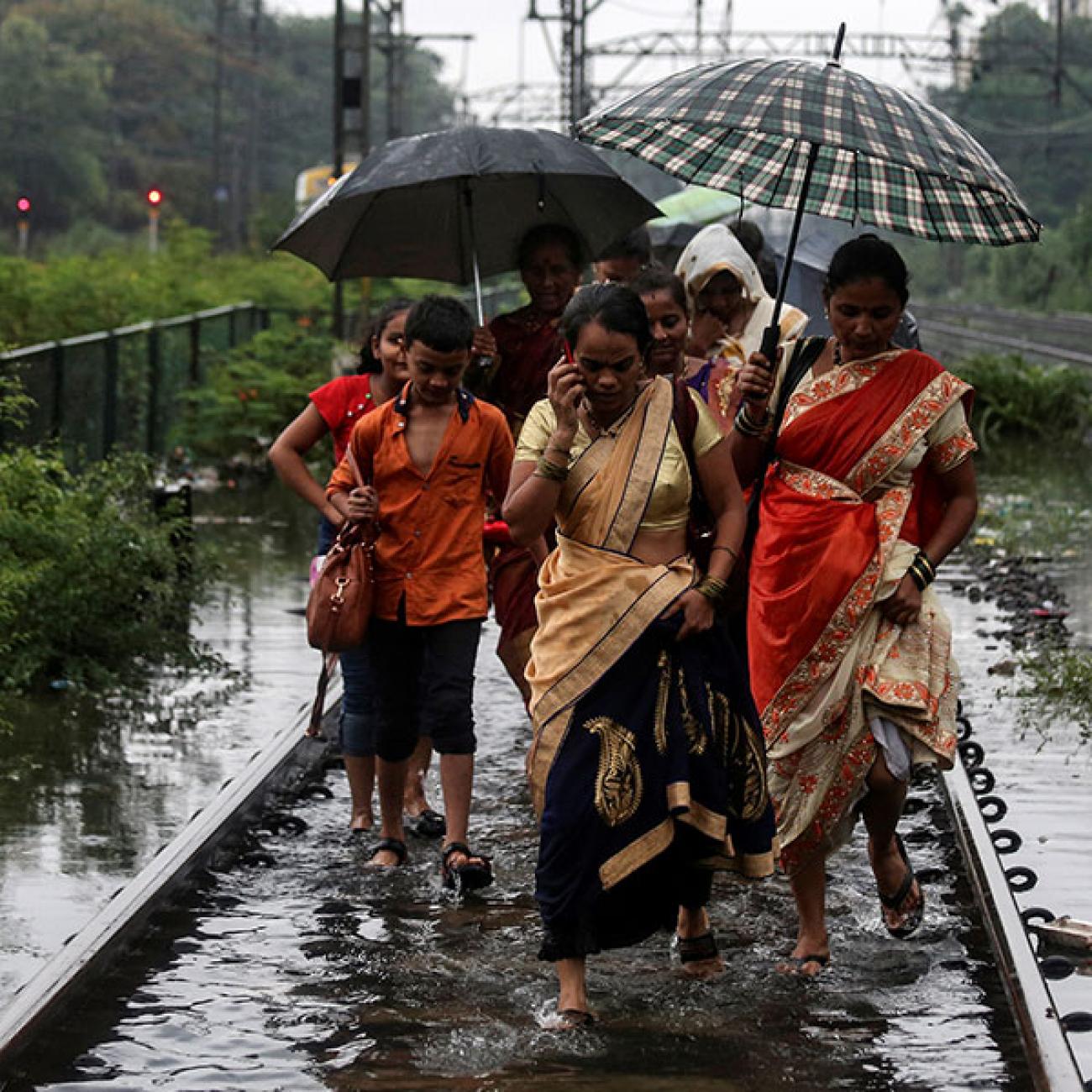Speedy and agile efforts to address the COVID-19 pandemic by India's national and state governments, NGOs, and, in some cases, the private sector seem to be yielding positive results. From augmented resources for health care to the manufacture of personal protective equipment needed to protect health workers to the social solidarity and the overwhelming support from all corners. This essay explores what's working in India at the moment and asks what could be next.
The Present Situation in India
The nationwide lockdown, now extended until May 3, is helping contain the spread of the virus.
The lockdown led to an exodus of migrant workers from cities where they worked to villages where they lived—some 700,000
But the lockdown has also meant the loss of millions of jobs belonging to daily laborers and informal sector workers—a large proportion of whom are migrant workers. The lockdown has also led to an exodus of many of those same migrant workers from the cities where they worked back to the villages where they lived—close to 700,000 of them (which is probably an underestimation) are stranded across the country. They began to walk thousands of miles to their homes, when the initial three-week lockdown was announced by Prime Minister Narendra Modi of India on March 24.
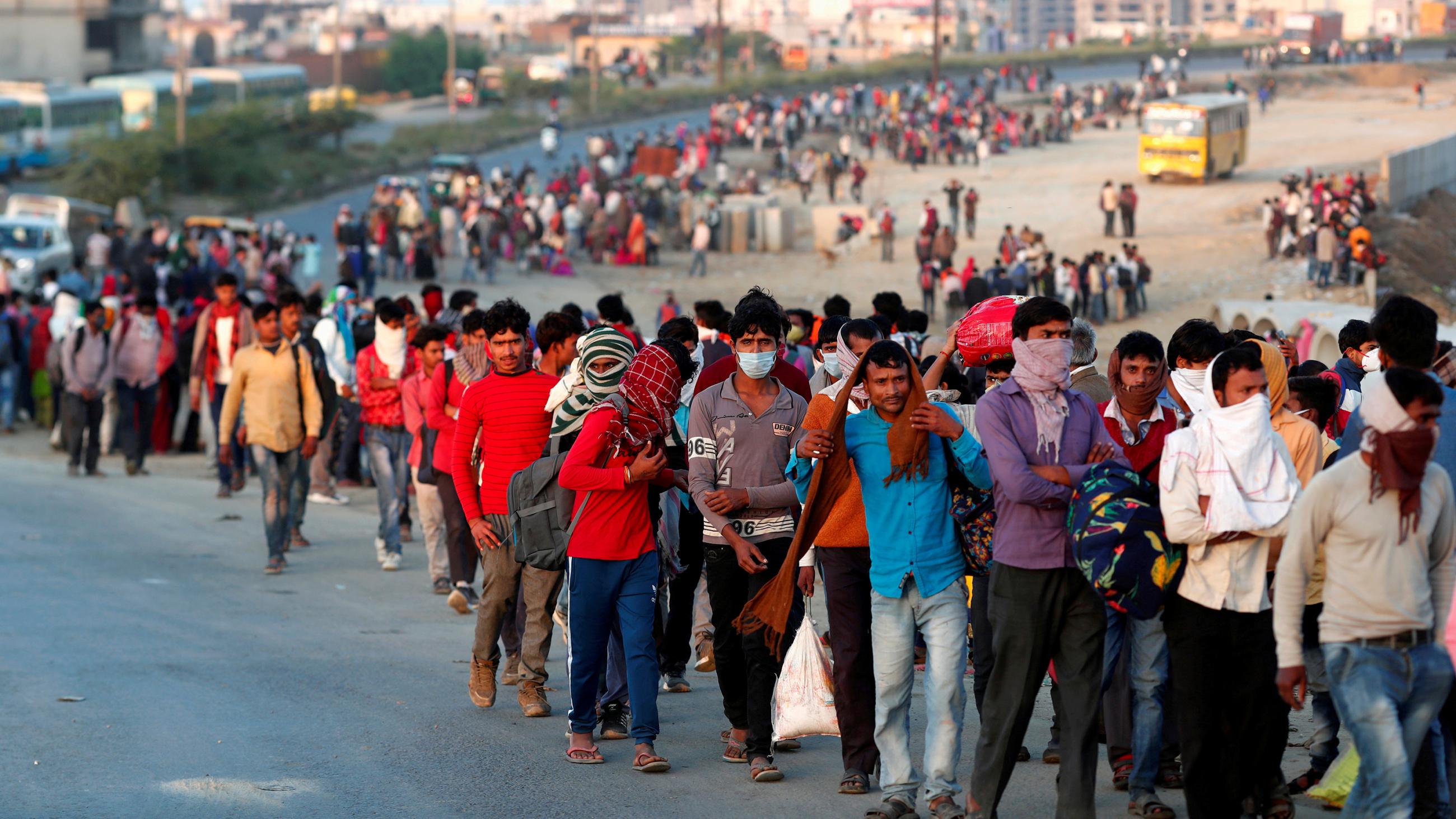
The migrants were fleeing the cities as they had lost their jobs but now they have lost their dignity too, largely due to the jolts from the government. They are angry and uncertain of when they will get to go home, and many people face the threat of hunger and starvation. The government has announced an economic relief package to help those workers and also small businesses. But from all counts, the additional food, cash and other benefits being offered are insufficient to reduce the insecurities and uncertainties in people’s lives. Further announcements to address the plight of these families are expected in the near future.
They are angry and uncertain of when they will get to go home, and many people face the threat of hunger and starvation
On the health front, although India’s COVID-19 trajectory is beginning to level off in many parts of the country. According to data provided by India’s Ministry of Health and Family Welfare on April 17, 2020, the number of reported COVID-19 cases rose by 16 percent over the past two days to 13,835—a slower increase compared to the previous forty-eight hours, when the reported case count rose 28 percent to 11,933.
Though these numbers are low by any standards for a country of 1.3 billion people, we need to be cautious of relapses. Skeptics might argue that India is not testing sufficient numbers of people to find out the real extent of spread. There is an element of truth to this statement. But we should not forget that it would be very difficult—if not virtually impossible—in a democratic country like India to conceal serious cases should outbreaks occur even in remote rural areas given how proficient people are in the use of mobile phones for messaging across the country.
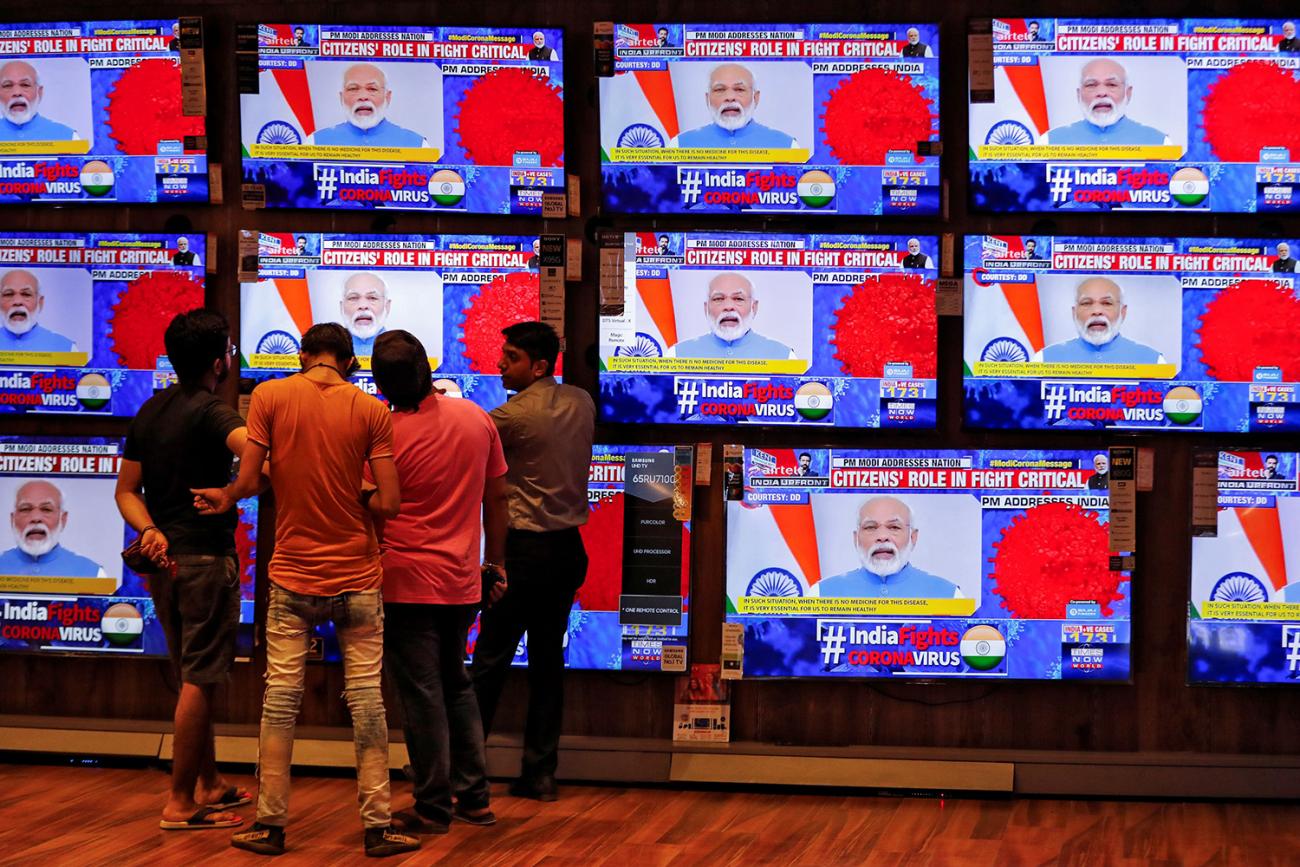
Media reports point out that India’s COVID-19 curve is flatter than that of several Western nations where the virus has claimed more lives even though it continues to be steeper compared to Asian peers such as Singapore, Japan, and Indonesia.
Such comparisons by the media of India’s handling of the COVID-19 pandemic showcase the country in a good light. Containing the COVID-19 virus to a few thousand cases so far is no small achievement for a country with a population of 1.3 billion people. Often forgotten are the challenges of providing health care faced by governments when on the one hand, you have the city of Delhi with a population of nineteen million—and on the other, there are 4,000 villages each with a population of less than 10,000. Equally impressive about the achievements is the fact that India is a lower middle-income country that reported a per capita income of $2,020 in 2018—nearly half of Indonesia’s income and not a fraction near Japan’s $41,310 and Singapore’s $58,770.
India is a lower middle-income country that reported a per capita income of $2,020 in 2018
India’s achievements, however, are curious given the fragile state of the country’s health care delivery systems. Several committees such as the High Level Expert Group on Universal Health Coverage have repeatedly pointed out—and successive national governments have acknowledged—several shortcomings including serious urban biases, insufficient human resources, shortages of health care facilities and services, weak public management, and limited community participation. In addition, low public spending on health, around 1.3 per cent of India’s GDP, remains a cause and exacerbating factor. It is for this reason that India’s 2017 National Health Policy "proposes a potentially achievable target of raising public health expenditure to 2.5 percent of the GDP in a time bound manner." However, the health budgets for the last three years have remained largely constant, if adjusted for inflation.
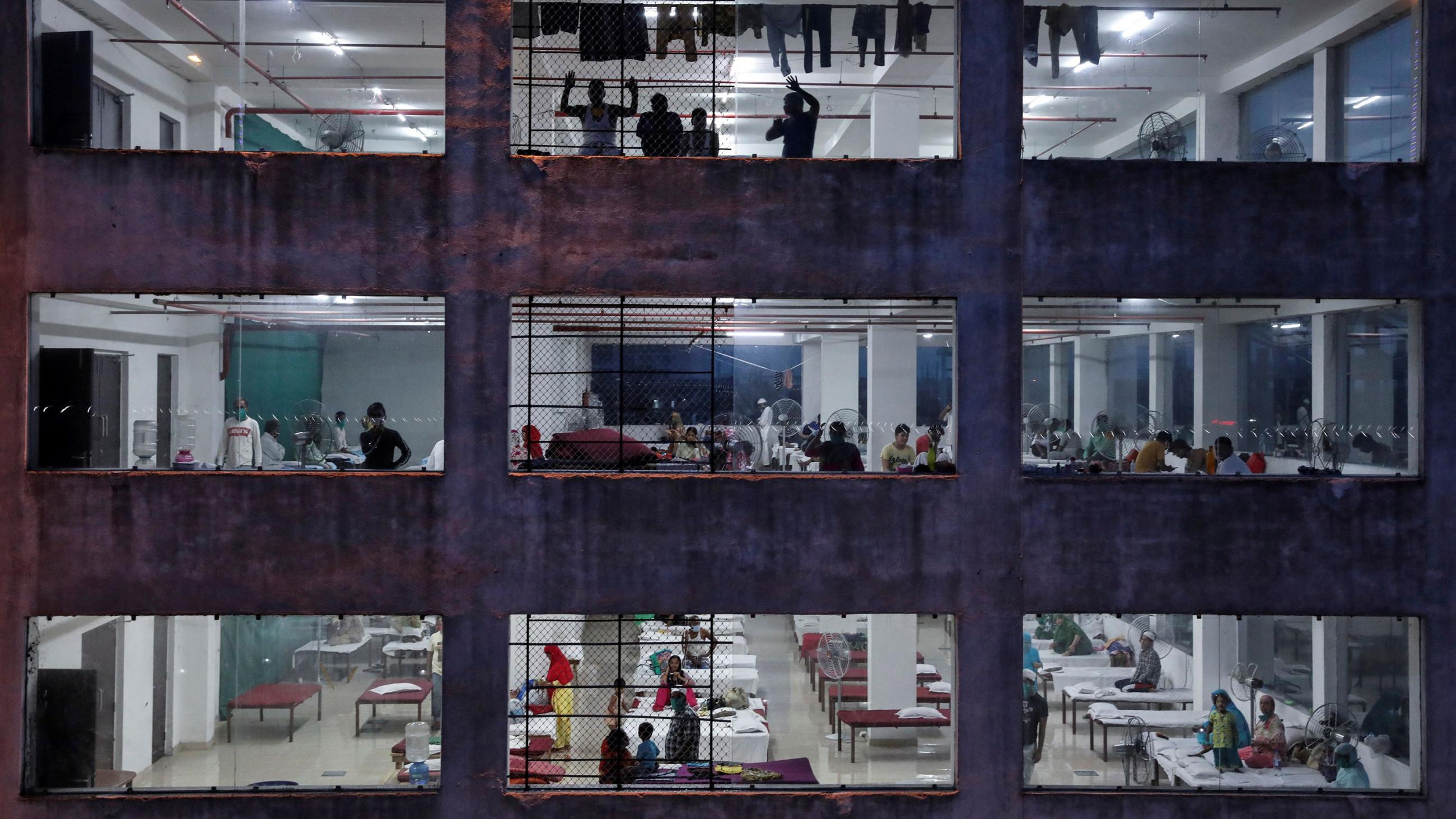
The Prepredness Package
The government of India, on April 7, announced an investment of Rs.15,000 crores ($2 billion) for an "India COVID-19 Emergency Response and Health System."
The speed and agility displayed by both the government and, in some cases, the private sector too is commendable
This package is extremely meagre and amounts to 0.074 per cent of India’s gross national income. It is meant to cover an evolving emergency response to slow and limit COVID-19 through the development of diagnostics and COVID-19 dedicated treatment facilities, ensuring centralized procurement of essential medical equipment and drugs, strengthening and building resilient national and state health systems to support prevention and preparedness for future disease outbreaks, setting up of laboratories and bolster surveillance activities, and supporting biosecurity preparedness, pandemic research, and proactive engagement of communities. Measures taken by the central and state governments to augment resources for health care are beginning to yield results. The speed and agility displayed by both the government and, in some cases, the private sector too is commendable.
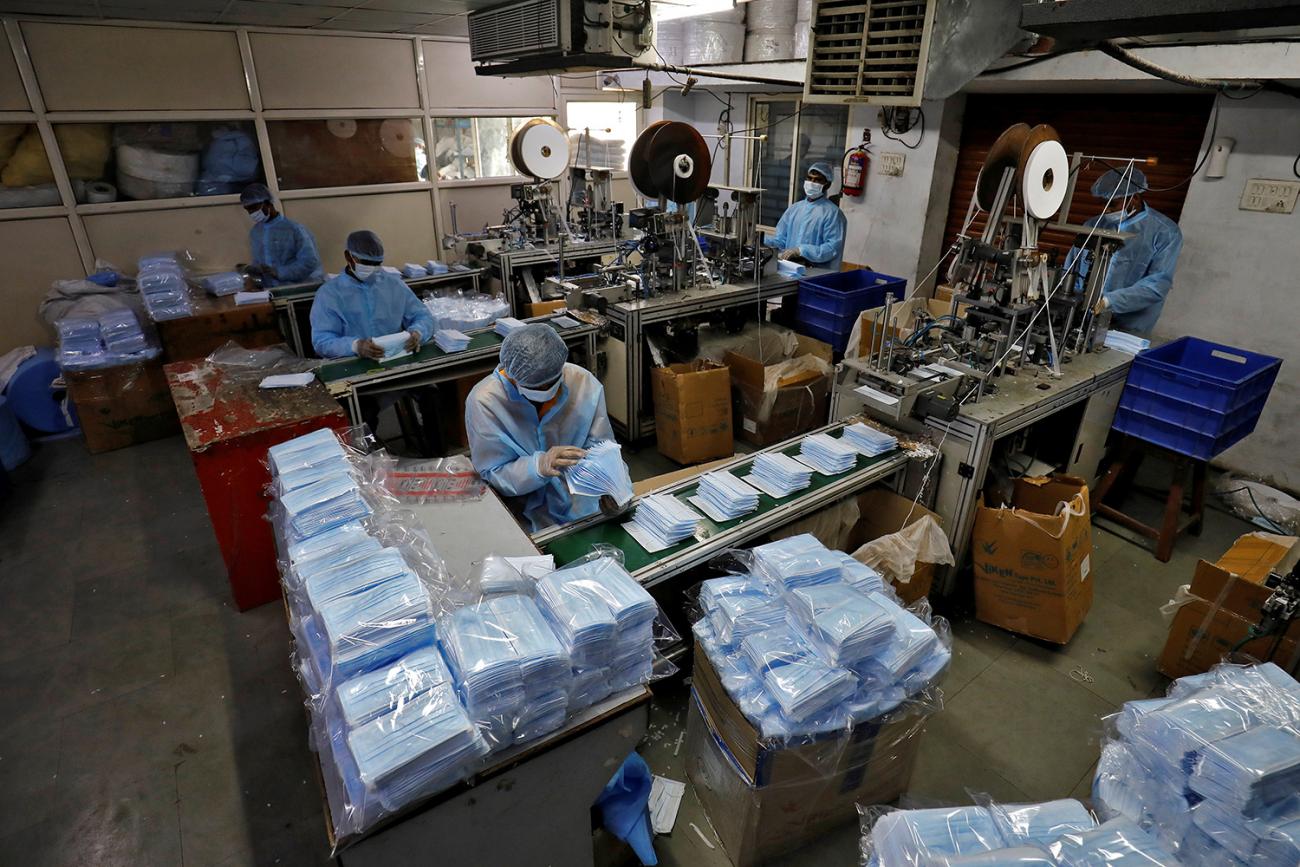
Support from Private Business and NGOs
Many manufacturers in India have begun producing personal protective equipment (PPEs), face masks, gloves and other essential equipment needed for protection of health workers and the medical community. For example, following interactions with the Ministry of Textiles and state governments, Matrix Clothing in Gurugram, which employed around 5,000 workers, switched from manufacturing high fashion garments for leading bands of the world like Ralph Lauren, Timberland, and Banana Republic to producing everyday around 4,000 units of internationally rated medical coveralls to specifications laid down by the Ministry of Health and Family Welfare. This was done to fulfill the dire need of protective gear in the country, in adherence with the guidelines for the lockdown, laid down by the government.
There has been a renewed recognition by the Government of the role of civil society organizations in combating this ongoing crisis
Another positive feature of the response has been the expression of social solidarity and the overwhelming support from all corners. There has been a renewed recognition by the Government of the role of civil society organizations in combating this ongoing crisis. The Government set up a national call, inviting 92,000 civil society organizations with registration to accept foreign funding under the Foreign Contributions Regulation Act, to report to the Ministry of Home Affairs about work being undertaken for COVID-19. Several civil society organizations across the country, who have their presence in the remotest parts of the country, have responded by extending support to migrant workers, the poor in rural and urban areas as well as the homeless adversely affected due to the lockdown. Several of them are helping people access their entitlements (which is always a challenge for the poor), running free community kitchens for migrants, distributing free meal packets, and providing essentials such as soap and masks at the doorstep for the elderly, disabled and those affected by the lockdown. Many are collaborating with governments to identify COVID-19 hotspots and deliver services to vulnerable groups. A few others are providing much-needed telemedicine and counseling services to families and communities to help them cope with mental health issues resulting from the tremendous financial and health burden they are experiencing. Other civil society organizations and research institutions are generating real time data through surveys that can inform decision making by the governments. Most international private funders have allowed for grants to be repurposed to accommodate the consequences of the unforeseen scenario.
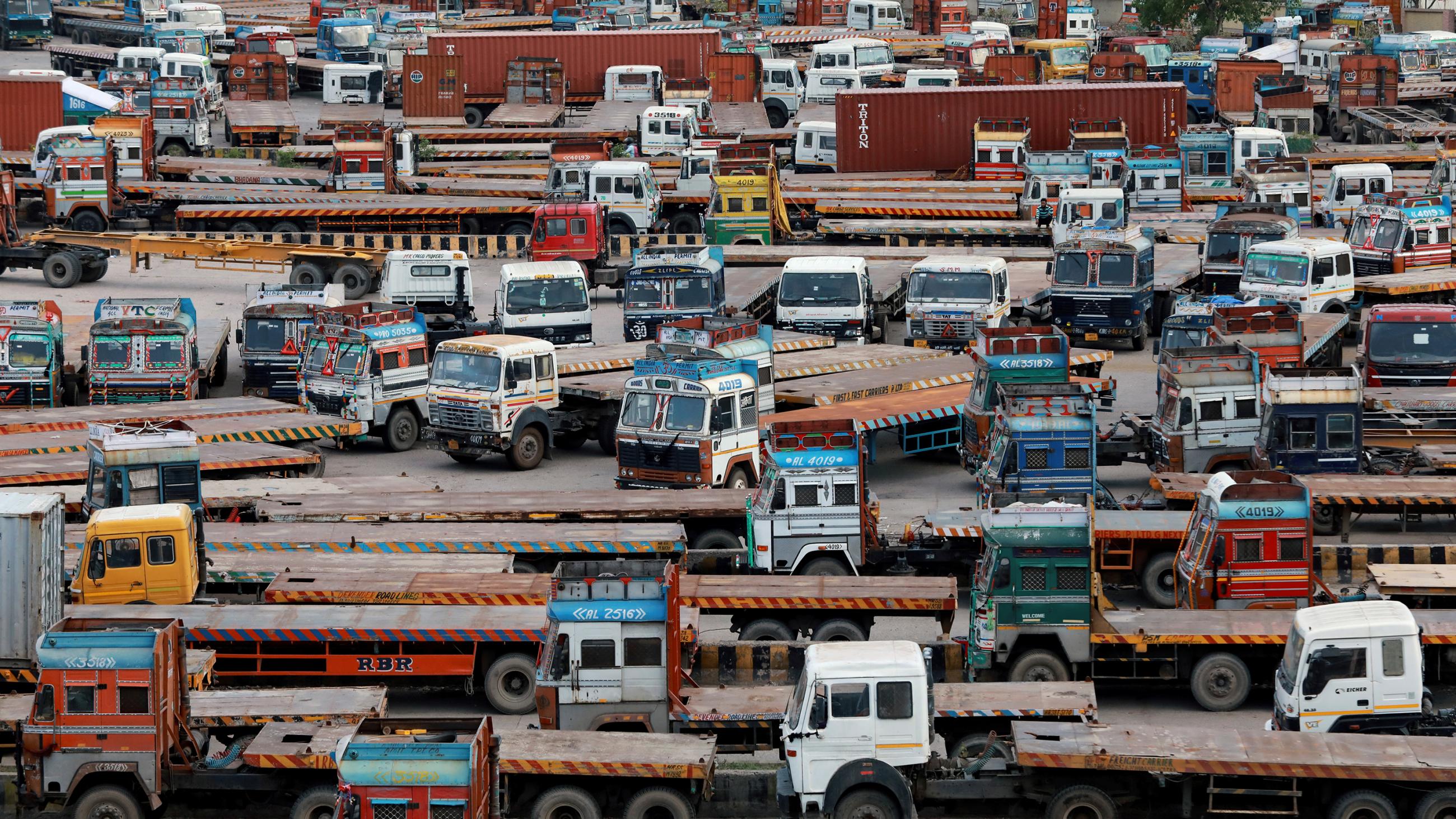
The intensification of efforts to deal with COVID-19 has also meant the diversion of resources, both financial and human, away from the provision of routine health services. While sanitary napkins, contraceptives and several other hygiene products have been listed under essential goods along with personal protective equipment, they are not easily available at the field level.
Most international private funders have allowed for grants to be repurposed to accommodate the consequences of the unforeseen scenario
We, at Population Foundation of India (PFI) are doing our bit by making small grants and doing overnight transfers to NGOs engaged in the relief work of COVID-19. We are also involved in awareness generation, addressing myths and misconceptions about COVID-19 through the Government of India’s official COVID-19 page, for which we are content partners. We are ensuring that reproductive health care services during this public health emergency remain effective by engaging strategically with the Ministry of Health, the Government of India, various state health departments, and other NGOs. Notably, we led our NGO partners successfully advocated with the Ministry of Health and Family Welfare, Government of India for the inclusion of family planning and reproductive health services as essential services during this lockdown. PFI is also working on comprehensive messaging dissemination on contraception through short informative video clips to promote condom use in family planning (links to a few of these films are shared here: Khel khel mein (while playing games), Satya Ki Adalat(Court of Truth) (Condom baba) (Condom guru), Condom baba ka dhaba (Condom Guru’s Shop), Condom rap.)

What the Future May Hold
As India continues its efforts to flatten the curve, there is need to generate much greater public awareness on every aspect of COVID-19. Efforts are being intensified to spread awareness on how people (and women in particular) can access to health information and services.
The need is to develop a systems approach to health disaster management, drawing on the rich experience of managing natural disasters and preparedness
Behavior change communication campaigns have become extremely relevant and necessary. It is the only way to communicate new concepts like social distancing with a population of 1.3 billion people. Changing mindsets is possible by adopting innovative behaviors communication strategies, which enable people to observe and adapt newer, healthier behaviors. PFI’s community-based partners have been enlisted by public health teams, at the community level, to join emergency relief efforts around COVID-19. PFI is also making small grants and ensuring instant transfer of funds to CSOs engaged in COVID-19 relief work.
Moving forward, as India develops an interim and long-term roadmap, it is important not to view COVID-19 as a standalone disaster impacting the world. It is after all the third coronavirus outbreak the world has witnessed in the past two decades. The impact of COVID-19, however, has been by far the most fatal and widespread, partly because of the severity of the condition and more global interconnectedness, which makes transmission quicker. The need of the hour is to develop a systems approach to health disaster management, drawing on the rich experience of managing natural disasters and ensuring preparedness.
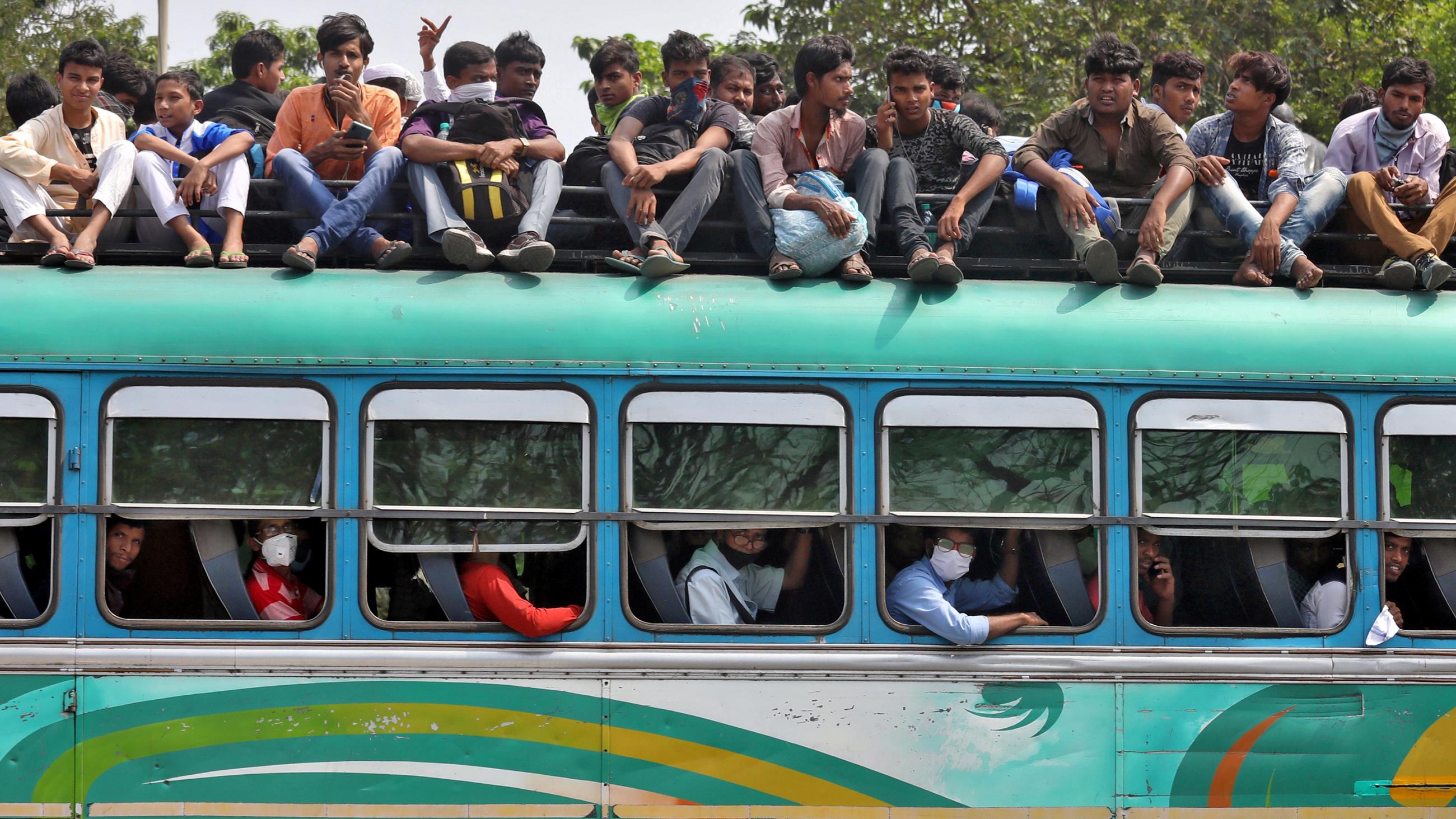
The COVID-19 pandemic has exposed the extremely fragile state of India’s health infrastructure as well as the lack of a robust social protection system. It is unfortunate that while a very small segment of the country’s population has access to the best medical care (mostly through a network of top-end private hospitals), a sizeable proportion is still left to seek care from poorly trained, unscrupulous, and unqualified private health practitioners.
To demonstrate to the world not just how well we tackle a pandemic but how smartly we can create a strong community-based primary health care system
The COVID-19 experience should remind us that efforts of the state health systems are what is keeping the pandemic from spreading. Almost every country in the world that has achieved close to universal health coverage has done so by investing in a strong public sector in health. India can’t be an exception. This is the time to make the political commitment to establish over the next five years one of the most robust public sector driven health care systems in the world. India has the capacity to do it. This is the opportunity to demonstrate to the world not just how well we can tackle a pandemic but how smartly we can create a strong community-based primary health care system.





